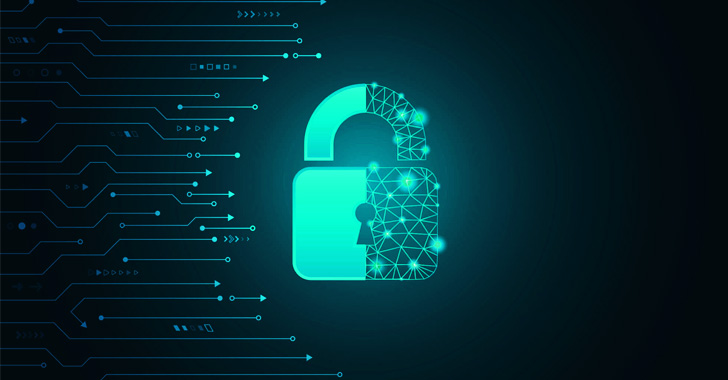
If you want to send and receive information in an unbreakable fashion, you should look into quantum cryptography, which makes advantage of the inherently secure nature of quantum physics. The goal of cryptography is to ensure that only the recipient of an encrypted message knows the decryption key. When compared to more conventional encryption methods, quantum cryptography uses a fundamental principle of physics rather than mathematics to ensure data confidentiality. There is no way for either the transmitter or the recipient of a communication to be hacked using quantum cryptography. In other words, information stored in a quantum state cannot be copied or seen without raising suspicions of exploitation among either the sender or the recipient. Security in quantum cryptography should be ensured even in the face of quantum computers.
A diploma in cyber security can be helpful to get a better understanding of this subject.
To send information across a fibre optic link, quantum cryptography employs single photons. The photons represent binary bits. As a result of quantum physics, the system is very secure. The following are examples of these safe features:
- While it's true that a particle may be in more than one location or state at once, it's also true that seeing a quantum feature would disrupt it and that complete particles can't be replicated.
- Due to these characteristics, no measurement of a system's quantum state can be performed on it without destroying its quantum nature.
- For quantum cryptography, photons are the particle of choice since they possess all the essential qualities: They are information carriers in optical fibre cables, and their behaviour is well characterised. Quantum key distribution (QKD) is a well-known application of quantum cryptography that ensures a safe means of exchanging keys.
How Does Quantum Cryptography Work?
There is a paradigm for quantum cryptography that was devised in 1984 that should be followed for it to operate.
The model has as its starting point a hypothetical conversation between two individuals, Alice and Bob, who are interested in exchanging messages in an encrypted manner. As the conversation begins, Alice will transmit a key to Bob. In this case, a one-way flow of photons is crucial. Each photon may be interpreted as a binary digit (0 or 1). These photons are not only moving in a straight path, but also vibrating in a particular pattern. So, the photons go through a polarizer before Alice sends the message. A polarizer is a filter that allows only some types of vibrating photons to pass through while allowing others to pass through in a modified condition. Polarized states might be perpendicular to the ground (0 bits), parallel to it (1 bits), 45 degrees to the right (1 bits), or 45 degrees to the left (1 bits) (0 bit). Whatever method she employs, the transmission may take on one of two polarisations, each of which represents a single bit: 0 or 1.
From the polarizer, the photons are sent via the optical cable to your receiver, Bob. A beam splitter is used to determine the orientation of each photon in this procedure. Since Bob can't tell which polarisation of the photons is accurate, he has to choose one at random when he receives the photon key. Alice now communicates to Bob the polarizer she used to convey each photon by comparing how he polarised the key with her own. Next, Bob checks to see whether he's got the right polarizer. After discarding the photons that were read with the improper splitter, the remaining sequence is used as the key to save itself from spam.
There are several cities in India which provide a really good cyber security course just like, cyber security course in Bangalore.
Let's pretend that an eavesdropper, Eve, is there. Eve makes an effort to eavesdrop and uses the same equipment as Bob. Bob, however, may ask Alice directly about the polarizer type employed for each photon, but Eve can only guess. In the end, Eve misinterprets the last key.
If Eve were listening in on them, Alice and Bob would know it, too. The photon locations that Alice and Bob anticipate might be altered if Eve were to see the passage of photons.
What Quantum Cryptography is Used for?
When compared to classical encryption, quantum cryptography provides consumers with a more secure means of communicating. There is no cause for fear that a bad actor may decode the data without the key after the interested parties have exchanged keys. Having the key produced in front of an observer would alter the intended result and raise red flags for both the sender and the recipient if they are unauthorized. There are several cities in India which provide a really good cyber security course just like, cyber security course in Hyderabad.



























